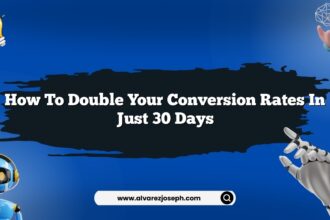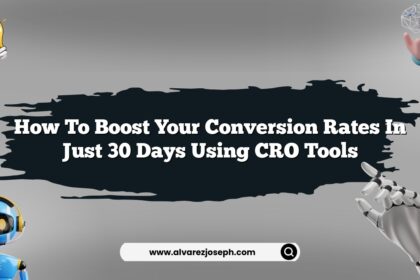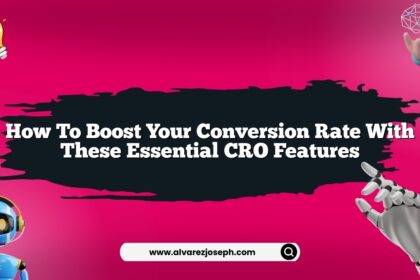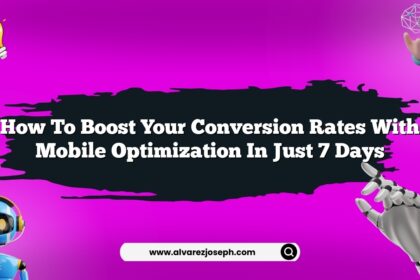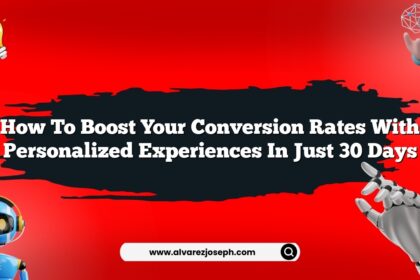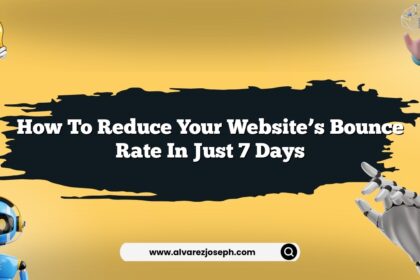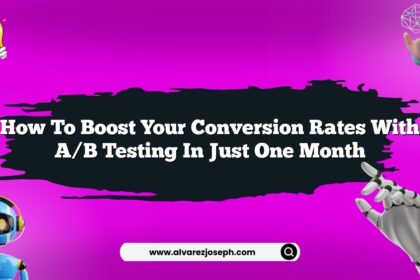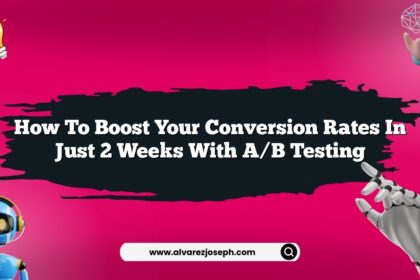Let’s dive into the world of website optimization. I mean, we’ve all been there, right? You set up a beautiful site, poured your heart into the content, and then… crickets. What gives?
It’s frustrating when you know your stuff, yet your website feels like a ghost town. But don’t sweat it. I’m here to tell you how to streamline your website and boost conversions with minimal effort. Seriously, I’m not kidding.
Understanding Your Audience
First things first, let’s talk about your audience. Who’s visiting your site? What are they looking for? You can’t just throw up a pretty page and hope for the best. You need to know what they want.
I remember a time when I launched a project thinking I knew exactly who my audience was. Turns out, I was way off. I had to pivot, and that was a tough pill to swallow. But once I started really paying attention to what my visitors were saying, everything changed.
So, what should you do? Start by gathering data. Use tools like Google Analytics to see where your traffic comes from and what pages they visit. Are they bouncing off your site? That’s a telltale sign. Adjust accordingly.
- Make sure your content aligns with their needs.
- Check out the keywords they’re using to find you.
- Ask for feedback. Seriously. A simple poll can work wonders.
Optimizing Your Landing Pages
Now, let’s move on to landing pages. These are the frontlines of your website. If they’re not optimized, you’ll lose potential customers faster than you can say “conversion rate.”
A landing page should be all about the user. Keep it simple, keep it engaging. I can’t stress this enough! Get rid of unnecessary clutter. You want visitors to take action.
What does that mean?
-
Clear Call to Action (CTA): Your CTA should stand out like a sore thumb. Use contrasting colors, clear text, and make it impossible to miss.
-
Concise Copy: Get to the point. Nobody’s here for a novel. Short sentences, bullet points, and plain language work wonders.
-
Visuals: Use images or videos that resonate with your audience. I mean, who doesn’t love a good video?
Here’s the secret sauce… the more straightforward you make it for the user, the better your conversion rates will be.
Streamlining the Checkout Process
Alright, let’s tackle the checkout process. Oh boy, this is where many businesses drop the ball. You finally get someone interested, and then they hit a wall when trying to buy. Don’t let that happen to you!
I’ve had my fair share of cart abandonment. One time, I had a customer almost ready to buy, but they got stuck on an overly complicated form. Sigh.
Here’s how you can make it easier:
-
Fewer Steps: Minimize the number of screens or fields customers have to go through. The fewer the hoops, the higher the chances they’ll jump through them.
-
Guest Checkout: Let’s not kid ourselves. Nobody wants to create an account just to buy a pair of socks. If you can, offer a guest checkout option.
-
Progress Indicator: Show a progress bar or something that lets users know how far along they are in the process. It gives them a sense of accomplishment and makes it feel less daunting.
-
Security Assurance: Don’t forget the trust factor. Customers want to know their information is safe. Display security badges or reassuring notes.
-
Auto-Fill: If you can make it easier by auto-filling details, do it! It saves time and hassle.
A/B Testing: The Ultimate Tool
Okay, here’s where things get fun. A/B testing is your best friend. If you’re not doing it, you’re missing out. Seriously.
Imagine this: You have two versions of a landing page. One has a blue button, the other has a red one. You might think it’s a tiny detail, but you’d be shocked at how much these little things matter.
Run tests to see what works best for your audience. It could be anything—headlines, images, button colors. Just pick a variable and see how it performs against the other. Don’t be afraid to experiment!
Here’s what I’ve learned:
-
Be Patient: Give it time. Don’t rush into conclusions after a day or two.
-
Analyze Wisely: Look at not just the conversion rates, but also user behavior.
-
Document Everything: Keep track of what you’re testing and the results. You’ll thank yourself later.
Mobile Optimization: Don’t Forget About Phones
In today’s world, if your website isn’t mobile-friendly, you’re basically asking visitors to leave. Seriously, it’s 2023. People are glued to their phones. What’s up with that?
Here’s what to do:
-
Responsive Design: Make sure your site adjusts to different screen sizes.
-
Finger-Friendly Buttons: Can users tap your buttons easily? If not, you’re in trouble.
-
Fast Loading Times: If your page takes longer than a couple of seconds to load, forget it. People will bounce.
I had a friend who nearly lost a big opportunity because his site was a dog on mobile. Yikes. He had to scramble and fix it fast.
Analyzing User Behavior
You can’t improve what you don’t measure. Trust me on this one. Data is your ally. When I started digging into user behavior, it opened a whole new world.
Use heatmaps to see where users are clicking. What are they ignoring? Where do they spend the most time?
-
Behavior Flow in Analytics: Check the path users take through your site. You’d be surprised at how they navigate.
-
Feedback Tools: Ask users directly what they think. Simple surveys can shine a light on issues you might not even notice.
The Power of Content
Let’s not forget about content. Content is king.
If you’re not providing value, then what’s the point? Create content that addresses your audience’s pain points.
-
Engaging Blogs: Write articles that solve problems. Show your expertise.
-
Video Tutorials: People love visual content. If you can explain it in a video, do it!
-
User-Generated Content: Showcase testimonials. Let your customers do the talking.
I can’t tell you how many times I’ve made a purchase based on a great customer review. It works like magic.
Quick Summary
Let’s wrap this up with some key takeaways…
- Know your audience—data is key.
- Optimize your landing pages with clear CTAs and concise copy.
- Simplify the checkout process—no one likes a hassle.
- Use A/B testing to find what works best.
- Don’t skip mobile optimization; it’s crucial.
- Analyze user behavior regularly; it helps you improve.
- Create valuable content that resonates with your audience.
- Gather user feedback to understand their needs.
- Keep testing and iterating for continuous improvement.
- Stay updated on trends to remain relevant.
Frequently Asked Questions
What is the most important factor in boosting conversions?
Well, it’s really understanding your audience. If you don’t know what they want, you’re just guessing.
How can I improve my website’s loading speed?
You can compress images, enable browser caching, and minimize HTTP requests. Every little bit helps!
What tools can I use for A/B testing?
Tools like Google Optimize and Optimizely are great for beginners. They’re user-friendly and full of features.
Why is mobile optimization important?
Because more people are browsing on phones than ever. If your site doesn’t look good on mobile, you’re losing customers.
How do I gather user feedback effectively?
Use simple surveys, polls, or feedback tools like Hotjar. Make it easy for users to share their thoughts.
When should I start A/B testing my website?
Right now! There’s no time like the present. Start with one element and go from there.
And there you have it! You’ve got the tools and insights to streamline your website. The key is to keep it simple and stay focused on your users. Good luck out there!



